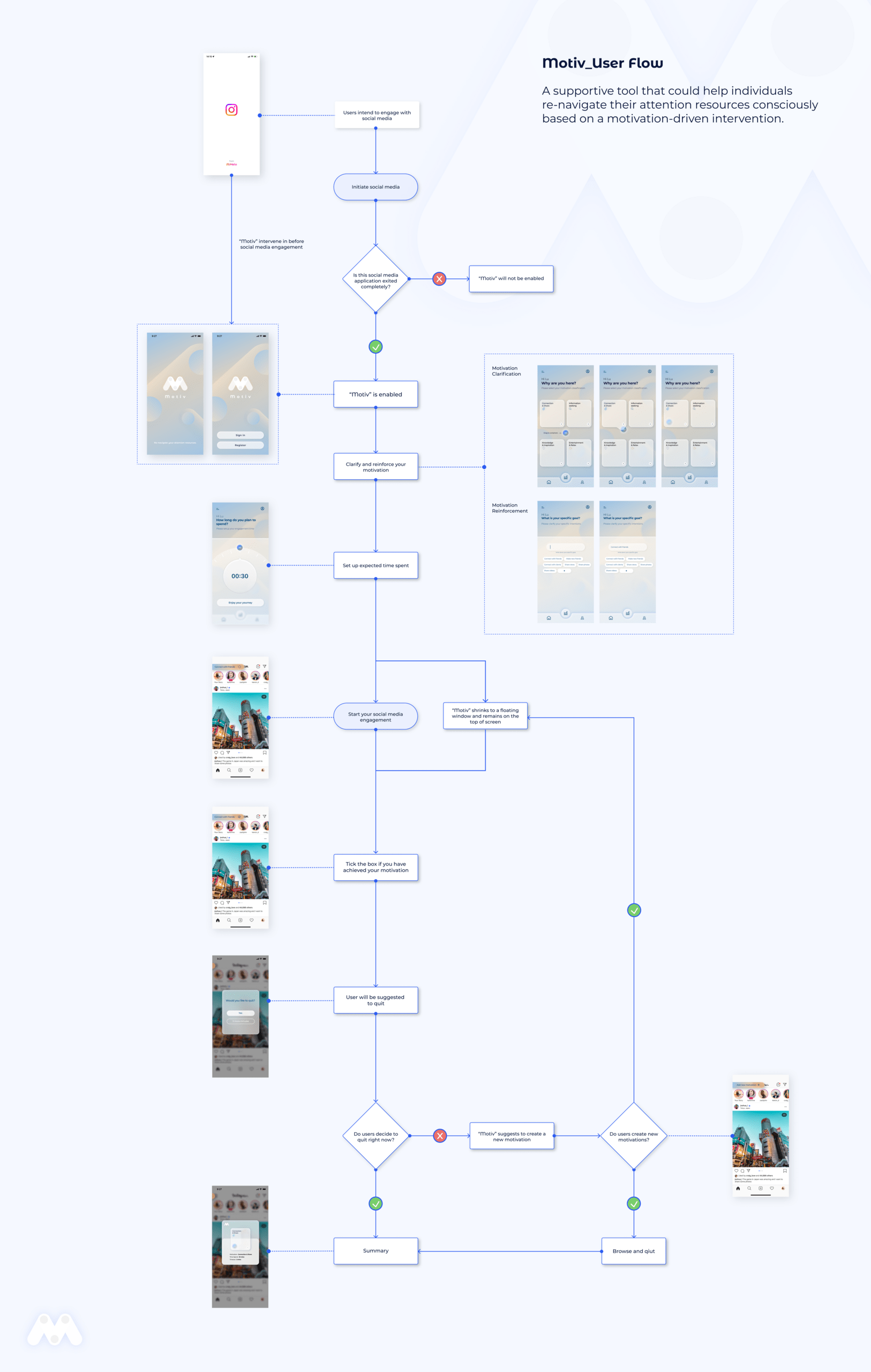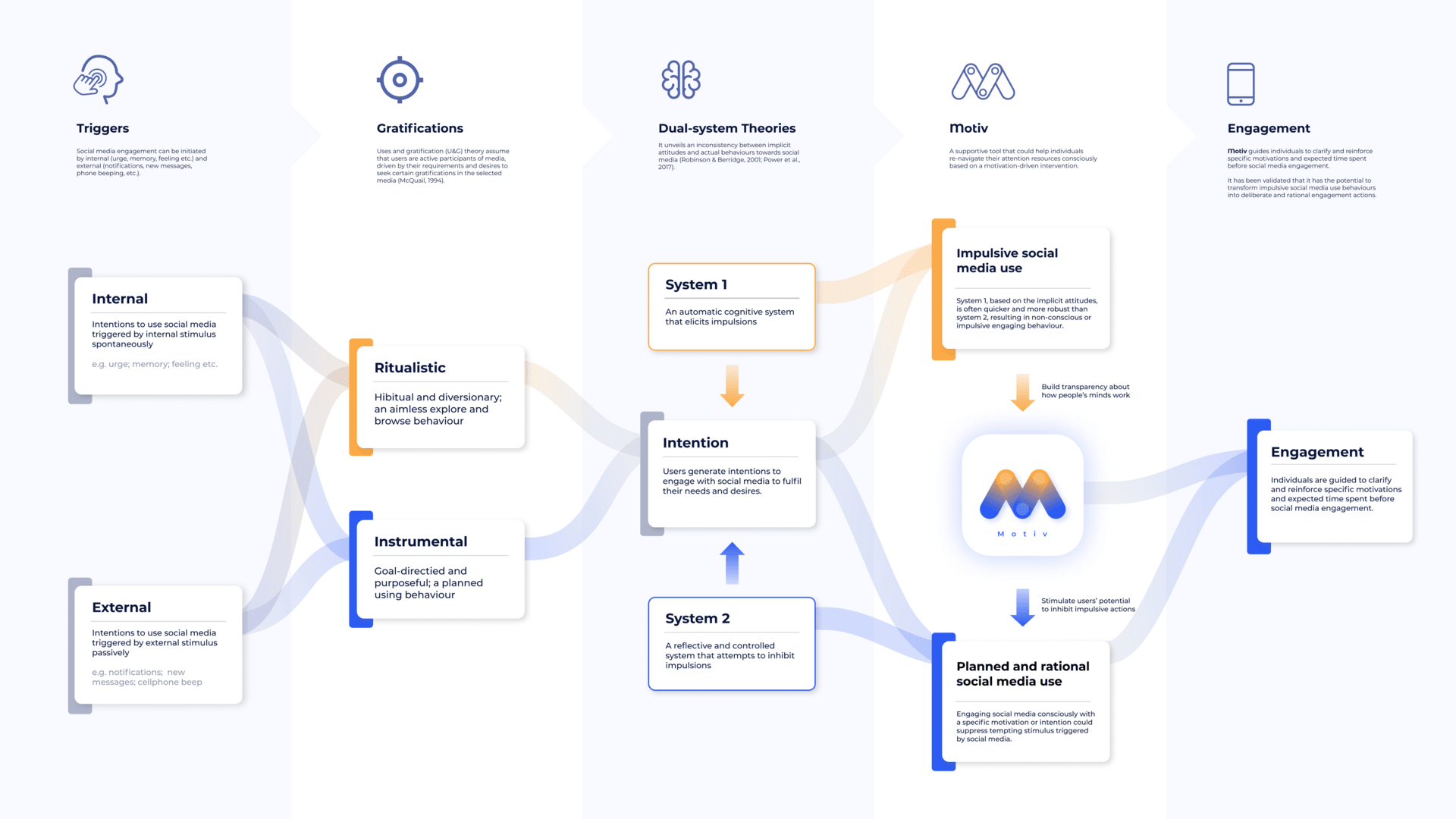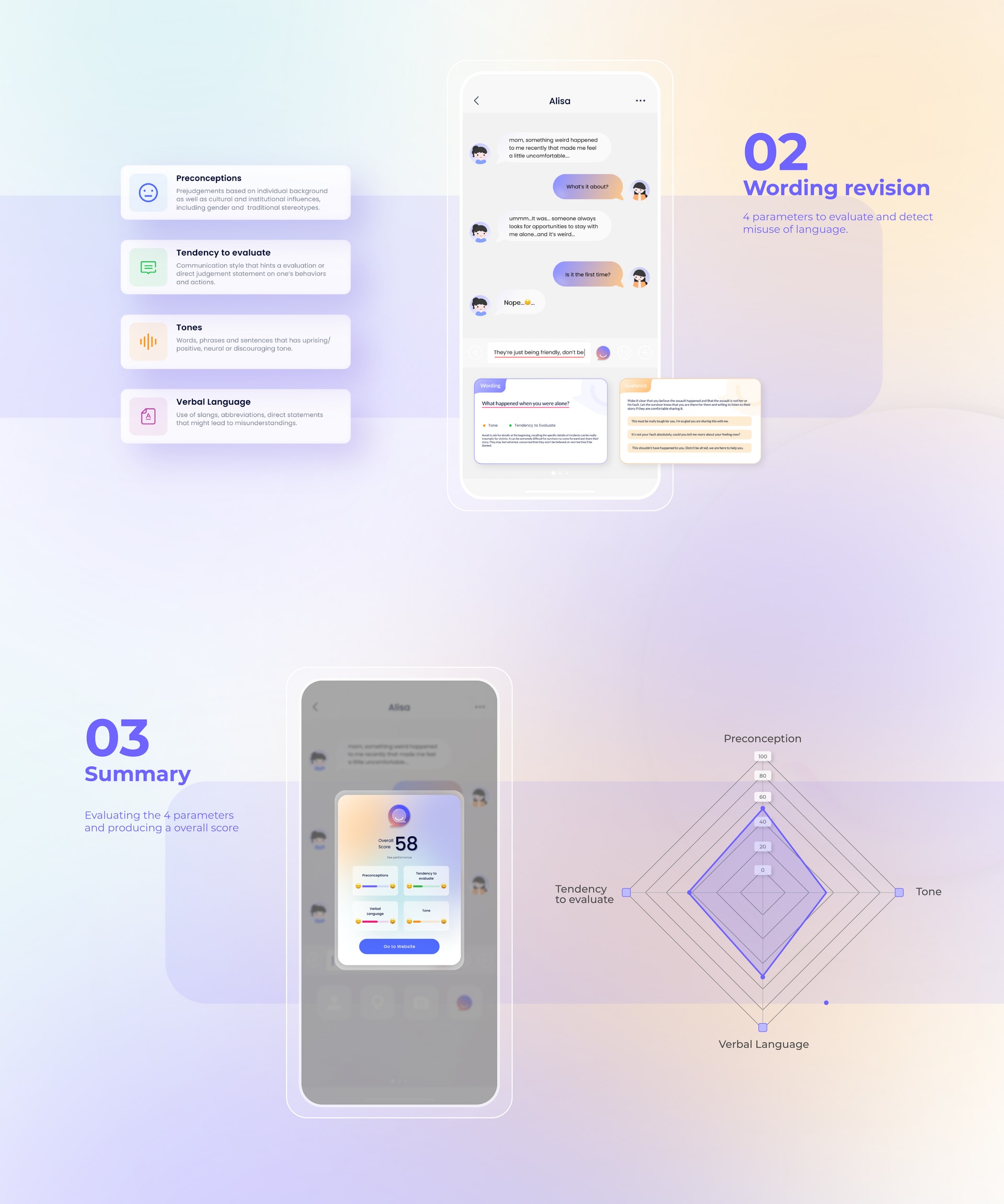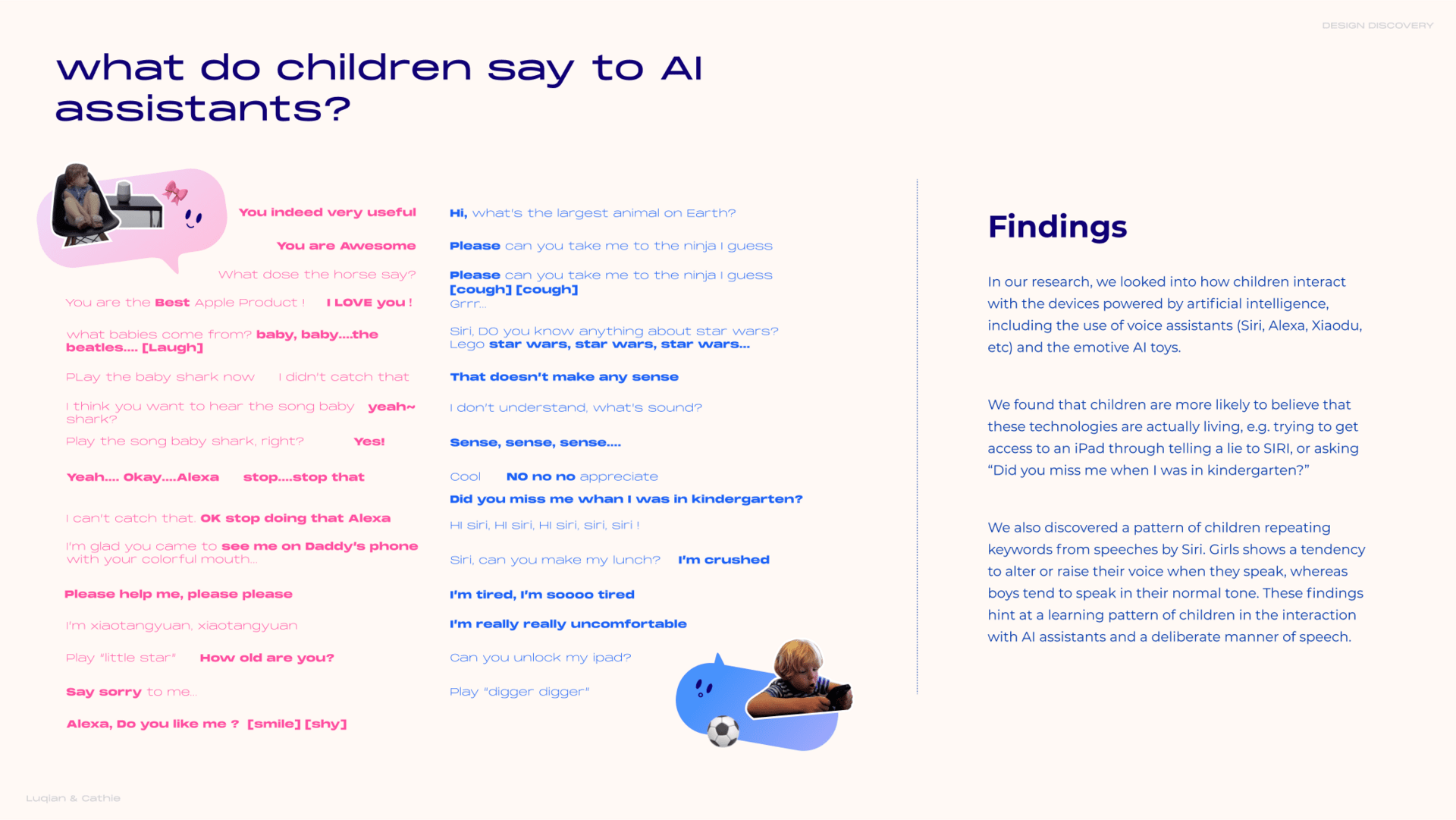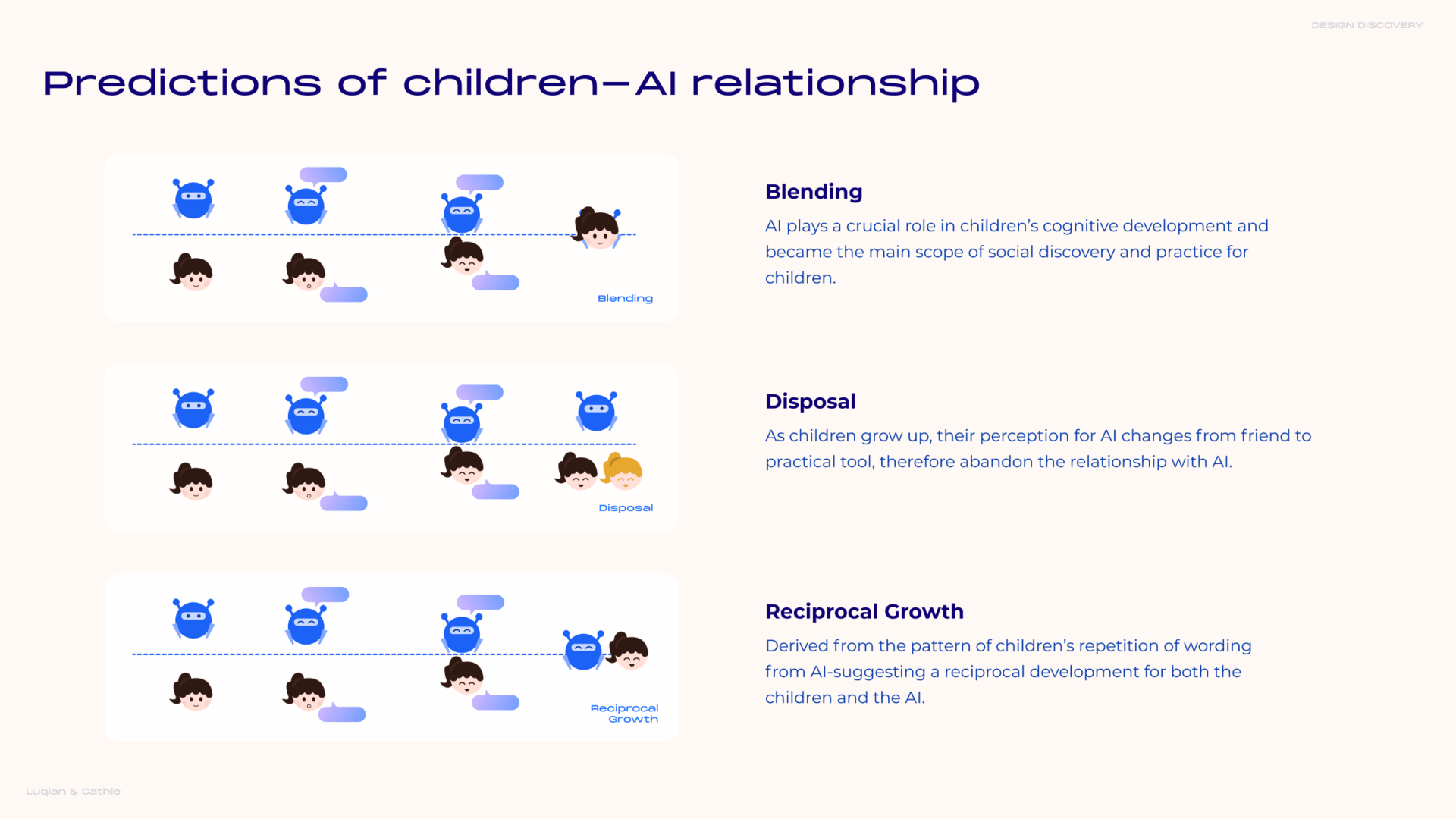I am Luqian, a futuristic design practitioner and researcher with a background in engineering.
I am devoted to being a catalyst for social change and a junction linking all decentralized personalities, functions, and resources in modern society. I show passion for various digital interactions and installations relating to human rights, social psychology and ego consciousness.
Education
MA/MSc Global Innovation Design, Royal College of Art & Imperial College London, 2022
B.Eng. Product design and Manufacture, University of Nottingham, 2019
Academy of Arts and Design, Tsinghua University, 2020 (Exchange)
School of Art, Design and Media, Nanyang Technological University, 2021 (Exchange)
Experience
UX Designer Intern - Microsoft Research Asia (Beijing Office), Beijing, China (2021)
UI Designer Intern - Bytedance, Beijing, China (2021)
Brand Design and Operation Intern - Baidu (Intelligent Driving Group), Beijing, China (2020)


